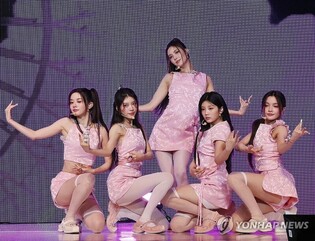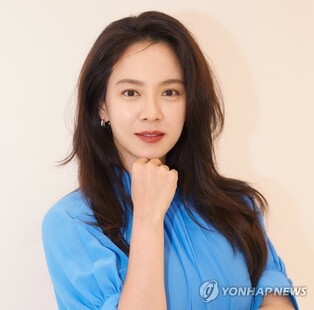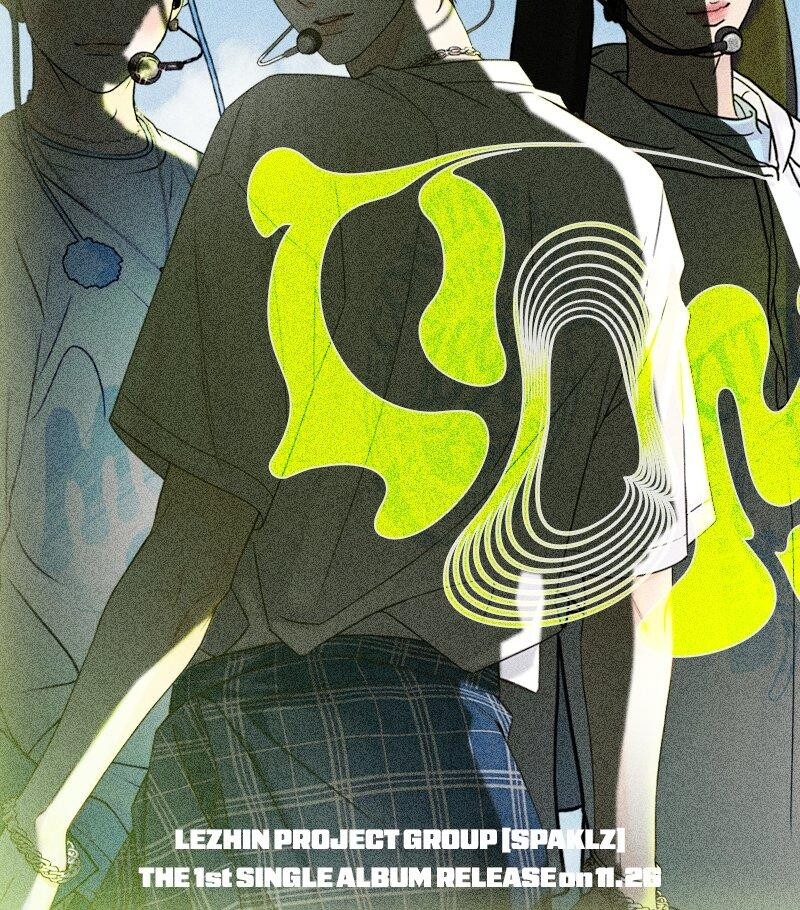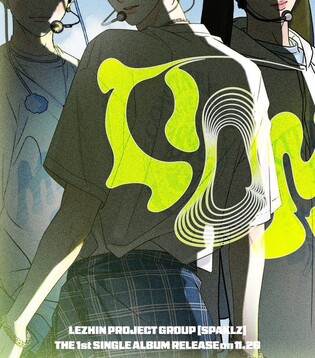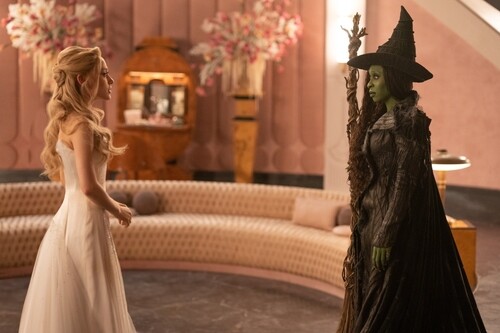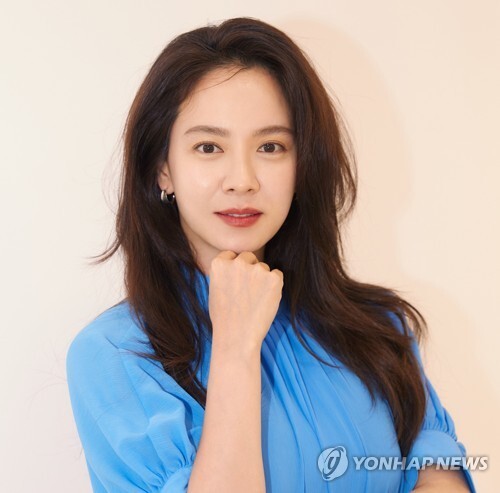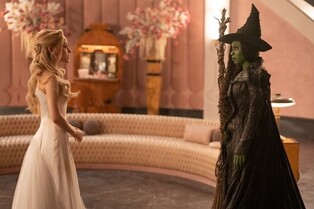Paik Nam-june’s 'Tiger Lives' – Part 2
By Lee Dong-il (Performing Arts Director, Guest Professor at Sogang University
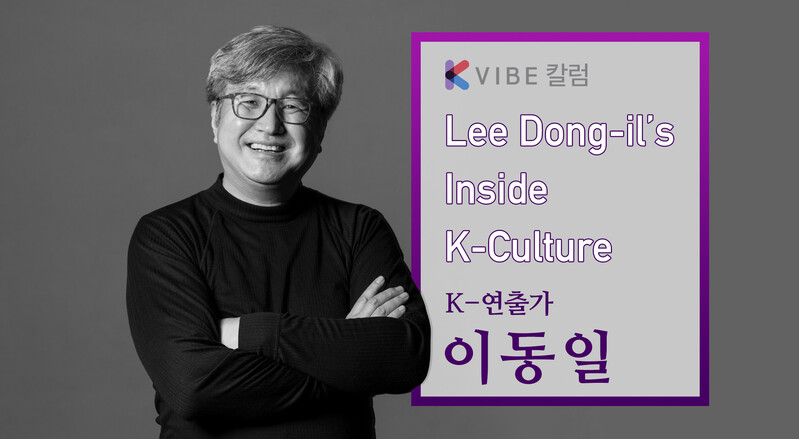 |
During a visit to his New York home, Paik Nam-june, who had taken up crayon drawing on his doctor's advice as part of his stroke treatment, graciously signed the consent form and power of attorney.
He was conceptualizing drawings of animals such as elephants, symbolizing the megabytes of the information society, alongside fish, crabs, butterflies, giraffes, horses, and flowers.
These sketches were inspired by imagining the animals currently living in the Demilitarized Zone (DMZ) and those that will live there in the future. I cherish these conceptual sketches and writings dearly. Towards the end of our lengthy discussion, Paik shared an idea quoting Laozi and drew a tiger, titling it "The Tiger is Alive." He then requested that I procure a video of a staged fight between a tiger and a lion used for propaganda in North Korea.
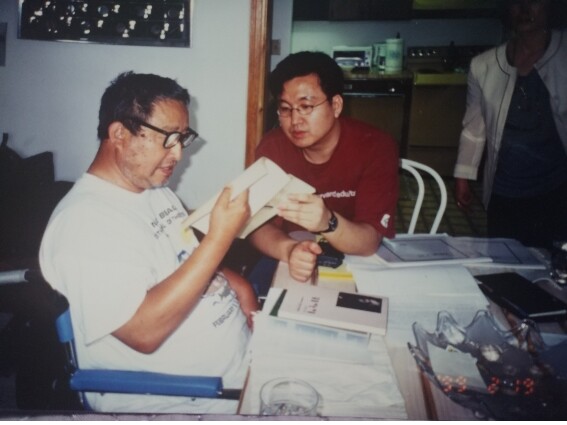 |
| ▲ Paik Nam-june at his New York home, discussing 'The Tiger is Alive' with the author (right). Photo courtesy of hte author. |
I sent Paik Nam-june the hard-to-find video, along with various depictions of tigers that had been displayed at the 1988 Seoul Olympics Korean traditional folk painting exhibition. Known for his remarkable sense of humor, Paik enjoyed the amusing expressions of the tigers, which highlighted the wit of our ancestors. Additionally, I provided him with a vast collection of books and videos related to Korean traditional shamanistic rituals that I had personally gathered. Among these, he requested to include a scene of the "Jijeonmu" from the Jindo Ssitgimgut performance in Los Angeles, which I had filmed myself, allowing me the joy of being credited as a collaborative artist. Together with Jo Seung-ho, Paik's only Korean-born assistant, I continued to edit and confirm Paik's ideas tirelessly in the New York studio.
Paik's concepts spanned tales from the era when tigers smoked, the auditory landscapes of shamanistic rituals that lasted all night, the resilient spirit of Koreans epitomized by Namdaemun Market, and the multicultural acceptance symbolized by bibimbap.
In an interview, Paik revealed that the reason he called his final video art piece "The Tiger is Alive" was that it represented the culmination of his video art journey, beginning in 1982. He expressed his intent to move beyond video art to robotic art and eventually challenge laser art. Despite his physical limitations, Paik aspired to visualize "Jacob's Ladder" through the medium of laser and water, an ambition that commanded respect for his relentless experimental spirit.
Paik was acutely aware of the risks and high costs associated with venturing into uncharted artistic territories, which could potentially tarnish his established reputation.
From the project's inception, John Hanhardt, Paik's friend and then senior curator at the Guggenheim Museum, assisted me. After visiting Korea, he accompanied me to the DMZ and attended UN Command meetings to facilitate the project. Hanhardt emphasized the importance of the success of "The Tiger is Alive" for the advancement of Paik's upcoming work, "Jacob's Ladder."
Lee O-young, Chairman of the Millennium Preparation Committee, who respected Paik, also provided various forms of support during the negotiations with the government. Initially, we planned to start the performance at the site of the Panmunjom Axe Murder Incident and move to Imjingak, requiring close coordination with the UN Command. However, due to security concerns regarding VIP attendance, it was concluded that staging the performance at Panmunjom was not feasible, and the venues were confirmed to be under the Bridge of Freedom and Imjingak.
Inspired by Laozi's "The highest good is like water," a phrase Paik cherished, I suggested a video image symbolizing peace through the harmonious integration of yin and yang elements, represented by water. Additionally, to neutralize the potential political implications of using North Korean propaganda videos, I proposed artistically cross-editing scenes from Chung Ju-yung's cattle drive to the North with Paik's existing works, treating it as a performance. Paik continued to provide numerous sketches incorporating both his existing works and new ideas. Despite the arduous process, the final piece, "The Ultimate Video Art of Paik Nam-june," was completed joyfully.
When the inter-Korean summit took place in Pyongyang in June 2000, Paik was elated, stating that it demonstrated the power of art.
Towards the end of our lengthy planning meetings, Paik would often play "Spring of My Hometown" or "I Shall Live in Mount Geumgang" with one hand for me. At my suggestion, Paik collaborated on a piece where he performed "I Shall Live in Mount Geumgang" within Vitiello's "NOISE OPERA." The powerful performance, where he sang passionately amid the cacophony representing low-grade nationalism and imperialism, struck a chord with many.
(To be continued)
(C) Yonhap News Agency. All Rights Reserved



















